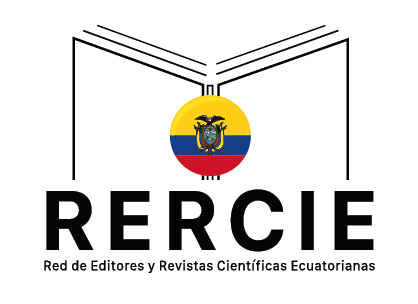Consideration Of A Religious Factor When Determining The Tourist Motivation
Palabras clave:
religious tourism, religious organizations, interethnic and interdenominational interactionsResumen
This article analyzes religious objects, religious organizations, and objects of pilgrim tourism of the Republic of Tatarstan and the city of Kazan. The article shows the necessary activities for the development of religious tourism in Tatarstan and the city of Kazan. One of the main tasks of the work is to perform both qualitative and quantitative analysis of religious tourism objects and make an attempt as a whole to determine the potential for the development of religious tourism, to look for opportunities for the development of this type of tourism in the study area. The article also discusses the development of religious tourism in the region in terms of interethnic and interfaith interaction. In addition to Islam and Christianity, there are many different religions in the republic, which makes it very attractive for representatives of other religions and for travelers who treat objects of religion as a cultural heritage. An attempt is made to take into account the religious factor in segmenting the tourist market of Kazan. Accordingly, the article considers the features of the application of psychographic classifications in relation to the tourism industry. An attempt was made to use the methodological apparatus in the study of the regional tourism sector in the formation of the "portrait" of a modern tourist, considering religious tourists. The individual routes for religious tourisешс sites offered by tour operators of Tatarstan are analyzed.
Certain attention is paid to the current state of halal tourism in Tatarstan to create a new tourist route. A tour was developed, a technological map of the route was created, and costing of the new Islamic World route was made.
Descargas
Referencias
. Pecheritsa E.V., Sharafanova E.E. Pilgrimage tourism: essential aspects / Modern problems of science and education, No. 6/2014, p. 28-31.
.Rubtzov V.A., Rozhko M.V., Gabdrakhmanov N.K., Gilmanova A.A. Competitiveness and positioning of municipalities in the Republic of Tatarstan // Mediterranean Journal of Social Sciences, 2015, Vol 6 No 3. - pp. 761 - 765.
.Shabalina, S.A., Rubtzov, V.A., Pratchenko, O.V.Differentiation of the territory of Tatarstan republic into zones due to their significance for domestic and national and international tourism Mediterranean Journal of Social Sciences- 2014.
. Blagovest - Religious Information Agency. [Electronic resource]. Access mode – http://www.blagovest-info.ru/index.php?ss=2&s=3&id=21522(accessed date 08.07.2019)
.Eidelman B.M, Fakhrutdinova L.R, Bunakov O.A. The analysis of the content of territorial brands of Kazan and the Republic of Tatarstan // Journal of Social Sciences Research. - 2018. - Vol.2018, Is. Special Issue 5. - P.448-453.
.Visit Tatarstan [Electronic resource]. Access mode – http://visit-tatarstan.com/ (accessed date 08.07.2019)
Aleksandrova A.Iu. Halal tourism: the essence, factors, and current development trends in the world // Priority areas and problems of the development of domestic and international tourism in Russia. Proceedings of the II All-Russian Scientific Conference / Scientific Ed. Dp.D. Economics, Professor A.V. Gumerov. - Kazan: SEC “Znanie” LLC, 2018. - p.208.
.Gabdrakhmanov N.K, Biktimirov N.M, Rozhko M.V, Mardanshina R.M. Features of Islamic tourism // Academy of Marketing Studies Journal. - 2016. - Vol.20, Is. Special Issue. - pp.45-50.
Segmentation criteria for the tourism market [Electronic resource]. Access mode - http://uchebnikirus.com (accessed date 04.02.2018)
.Gabdrakhmanov N.K, Biktimirov N.M, Rozhko M.V, Problems of development of halal tourism in Russia // Journal of Organizational Culture, Communications, and Conflict. - 2016. - Vol.20, Is. Special Issue 2. - pp.88-93.















